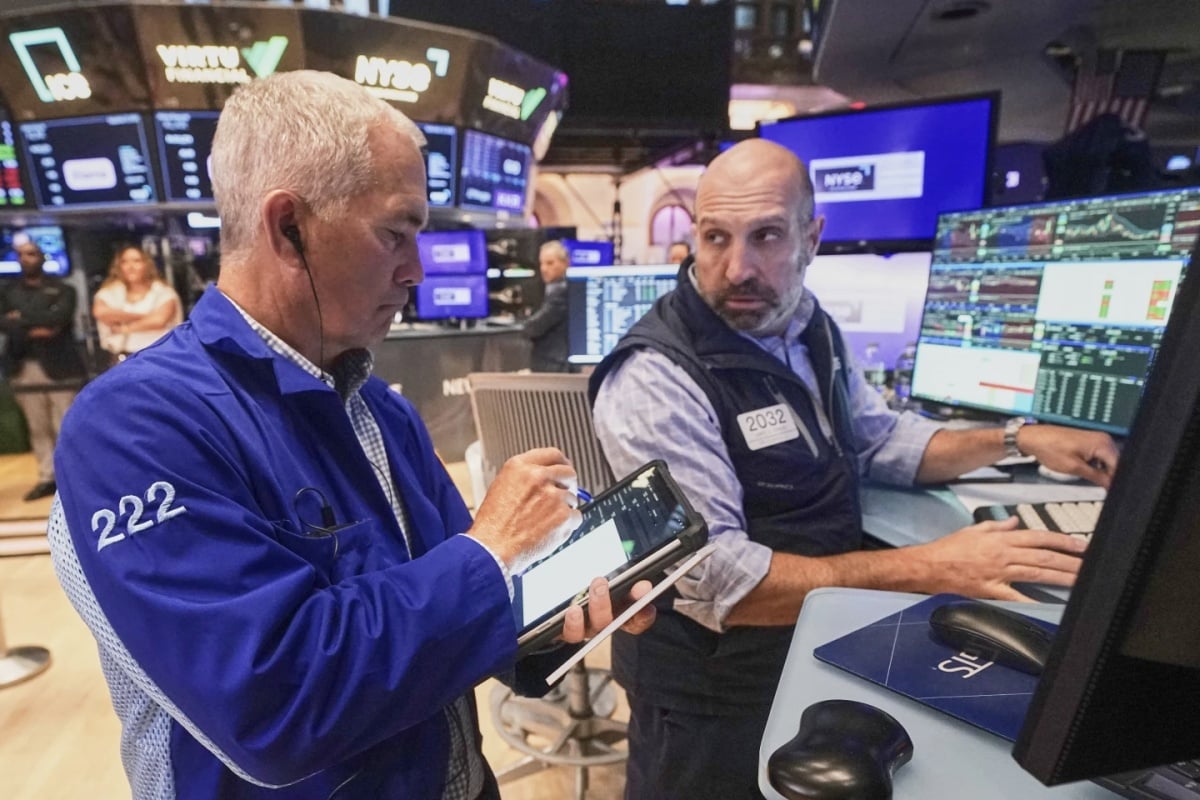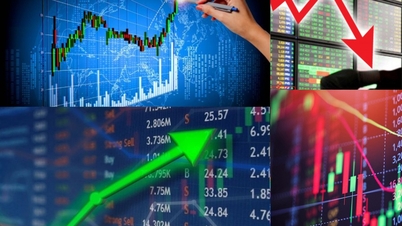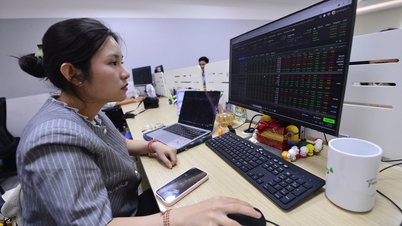 |
| Amazon lifts Wall Street, but cautious Fed signals dampen excitement |
All three major indexes rose on October 31. The S&P 500 rose 0.26% to 6,840.20 points, continuing to approach its all-time high. The Nasdaq Composite rose 0.61% to 23,724.96 points, marking its longest seven-month winning streak since early 2018. The Dow Jones Industrial Average rose 40.75 points, or 0.09%, to 47,562.87 points.
While the intraday gains were modest, they were an important piece of the puzzle that completed a strong October: the S&P 500 rose 2.27%, marking its longest six-month winning streak since 2021; the Nasdaq rose 4.7%; and the Dow also gained 2.5% for the month, its longest streak since January 2018.
The session’s biggest bright spot was Amazon. Shares of the e-commerce giant jumped as much as 9.6% after reporting earnings that beat analysts’ forecasts. CEO Andy Jassy noted that AWS’s cloud computing business is accelerating at a rate not seen since 2022, a sign that demand for AI and data storage services continues to explode.
With a market capitalization of approximately $2.4 trillion, fluctuations from Amazon shares currently have a greater influence than most of the remaining names in the S&P 500 index. Experts say that without Amazon's breakthrough, the market would likely have been in the red in the last session of the month.
The US stock market rally comes as investors have received a number of positive earnings reports from large-cap companies. According to LSEG, 315 companies in the S&P 500 have reported their third-quarter financial results so far, and 83.2% of them have exceeded expectations, far exceeding the historical average of 67%.
However, the Fed’s cautious message has dampened the excitement considerably. After the October policy meeting, Fed Chairman Jerome Powell said that a rate cut at the December meeting was “not out of the question,” contrary to market expectations. Immediately, the probability of a rate cut in December, according to the CME FedWatch gauge, fell sharply to 65%, from 91.7% just a week earlier.
Not only that, Atlanta Fed President Raphael Bostic and Cleveland Fed President Beth Hammack also signaled that they are not ready to loosen monetary policy when inflation pressure remains higher than the target.
Commenting on market valuations, Angelo Kourkafas, a strategist at Edward Jones, warned that the S&P 500's forward P/E ratio has risen to over 23 times, the same level as the dot-com bubble in 2000. This means that profit growth will have to be maintained at a high rate to justify current prices.
The market leadership appears to be overwhelmingly focused on the tech giants. While Amazon shined, Apple shares fell 0.4% on concerns about supply constraints for the iPhone during the peak season of the year, despite forecasting better-than-expected sales.
Grocery stocks were hit hard by the risk of SNAP benefits being lost if the government shutdown continues. Kroger fell 2.8%, Walmart fell 1%, and Conagra Brands fell 1.3%. The moves highlight the vulnerabilities of the U.S. consumer economy .
However, the market still recorded many bright spots in individual stocks: Warner Bros Discovery increased 8.7% on news that Netflix is considering acquiring the studio and streaming division; Western Digital increased 8.7% after forecasting positive results; First Solar broke out 14.3% thanks to revenue exceeding expectations
About 21.03 billion shares were traded on US exchanges, nearly equal to the average of the last 20 sessions, showing that money flow is still in a strong state of activity.
Advancers dominated both the NYSE and Nasdaq, with many hitting new 52-week highs, a sign that demand is still keen to maintain its position as the prospect of AI technology continues to be a key investment theme.
However, the lack of economic data from government agencies (due to the prolonged shutdown) has forced investors to rely more on corporate results to assess the "health" of the US economy.
Kim Forrest, CIO at Bollywood Capital, said: The government does not provide data, so investors are forced to use corporate profit reports as a guide for the economy.
 |
Year-to-date, the S&P 500 is up 16% and the Nasdaq is up 23%, providing a strong enough foundation to expect year-end gains, but also making the risk of a correction more sensitive.
Some experts warn that investors are overreacting to lower-rate bets. If the Fed continues to delay its easing cycle, stocks could face a technical correction.
The final trading session of October ended in the green, confirming an impressive period of growth for the US stock market. The strong rebound from Amazon and AI-related technology groups continues to be the key driving force pushing the market closer to new historical highs.
However, investors cannot ignore risk factors: high market valuations, the uncertain path of the Fed's interest rate cuts, capital flows concentrated in a small group of stocks and the lack of economic data due to the government shutdown.
Wall Street is still maintaining a state of "conditional optimism" that the uptrend continues to dominate, but caution has gradually returned to the investor decision-making board.
Source: https://thoibaonganhang.vn/chuoi-tang-dai-nhat-nhieu-nam-tren-pho-wall-lac-quan-lan-rong-nhung-van-de-chung-rui-ro-lai-suat-172907.html


![[Photo] Opening of the 14th Conference of the 13th Party Central Committee](https://vphoto.vietnam.vn/thumb/1200x675/vietnam/resource/IMAGE/2025/11/05/1762310995216_a5-bnd-5742-5255-jpg.webp)

































![[Photo] Panorama of the Patriotic Emulation Congress of Nhan Dan Newspaper for the period 2025-2030](https://vphoto.vietnam.vn/thumb/1200x675/vietnam/resource/IMAGE/2025/11/04/1762252775462_ndo_br_dhthiduayeuncbaond-6125-jpg.webp)






































































Comment (0)